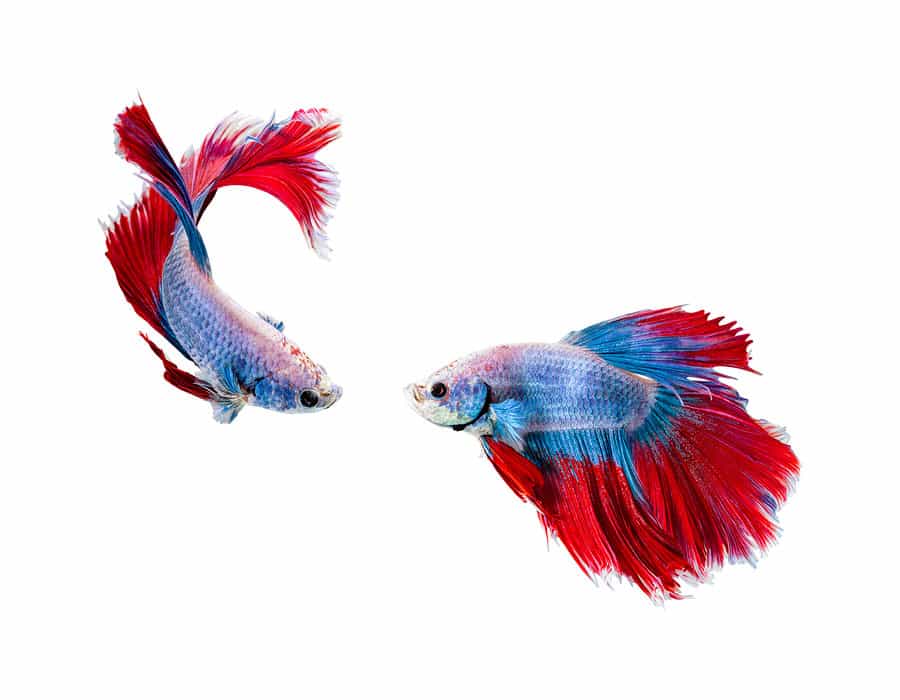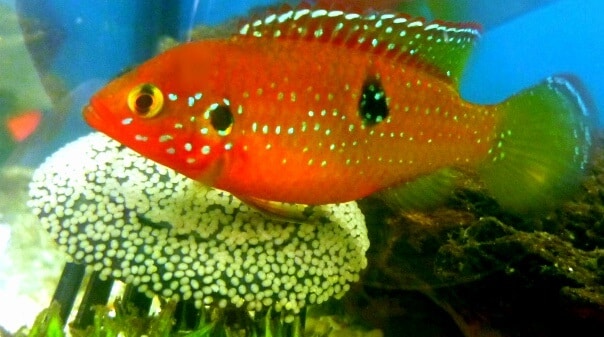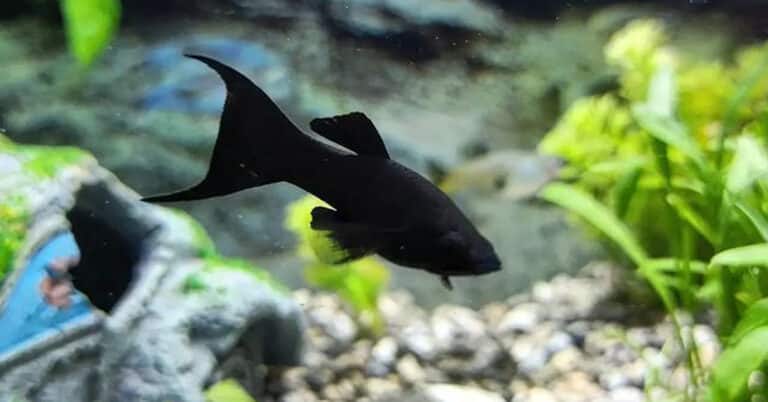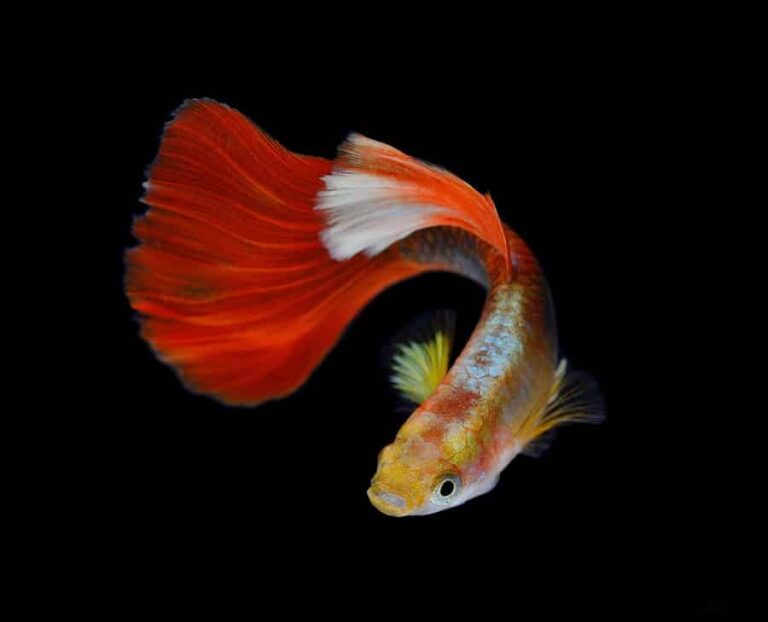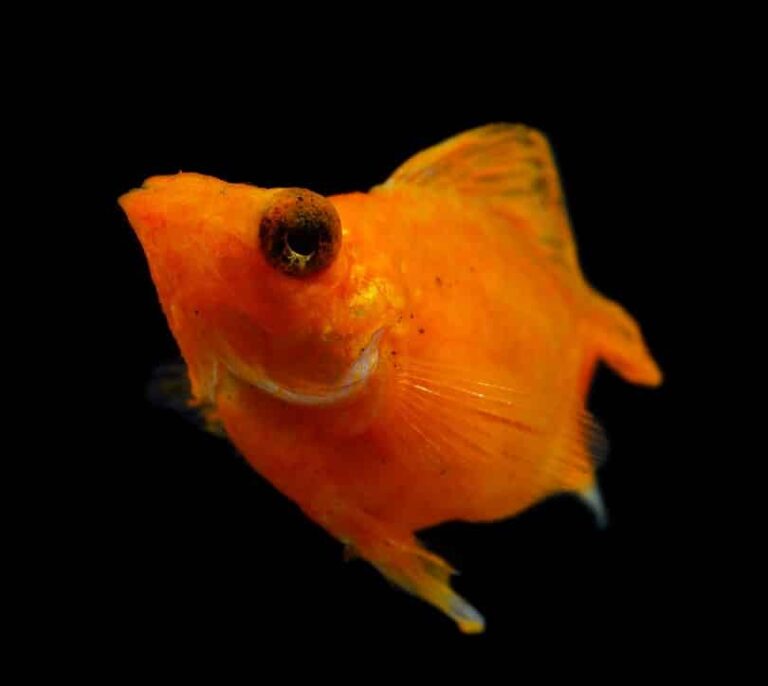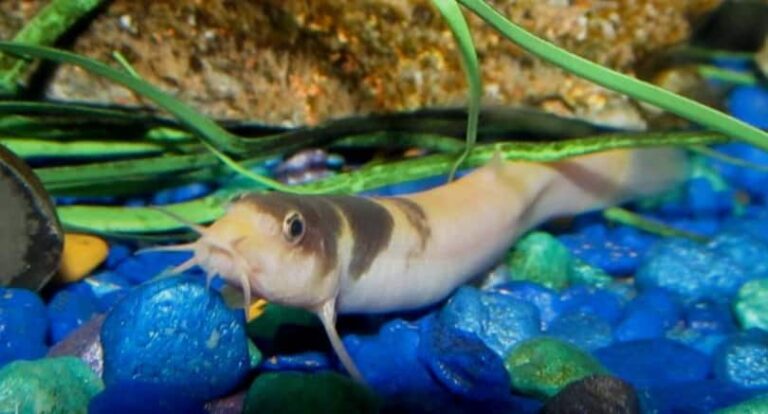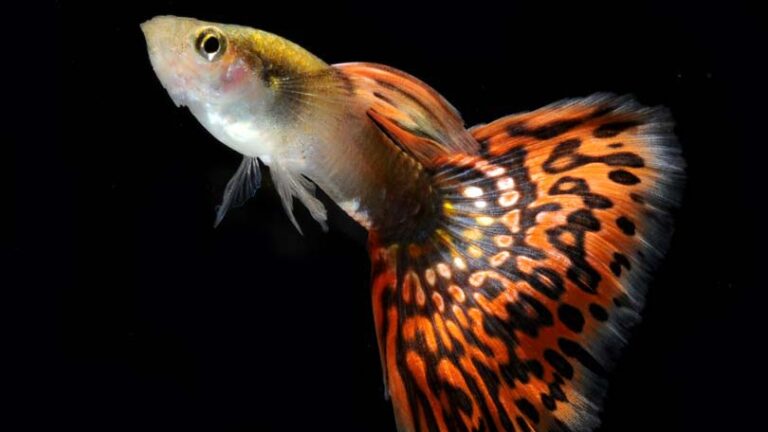Betta Fish Care
Water
The Betta is a sturdy fish, as such, they are capable of tolerating any temperatures…Even then, the desirable temperature is 75 o F to 80oF (24 to 27oC). Temperature of74oF and less will reduce their resistance to fight against diseases. Most of the experts are of the opinion that temperatures higher than 84oF leads to aging of your Betta (accelerated metabolism). Just as other fish, the Betta fish requires de-chlorinated water. Heavy metal and chlorine contained in the tap water are poisonous to the fish and the fish will die. Use either RO water; bottled water or tap-water that is treated (treated using a water conditioner). Tetra Aqua Safe, Aquarium Pharmaceutical tap water conditioner or jungle Bowl Buddies are the general types of tap water conditioners.
Prepare the water for the tank
Prior to filling the tank with fresh tap water make use of a water conditioner. The chloramines and chlorine contained in the tap water, does harm to the fish. Experienced fish keepers recommend keeping the water for a time to settle before using it. However, using a water filter is ideal, since standing the water for some time, only eliminates the chlorine, but the heavy metal and chloramines remain.
Bottled water is not advisable, since the essential minerals are absent in it, there is no safety. Tap water, which is treated is a good source and costs less.
The Tank – Your Betta’s Home
The Betta fish have a labyrinth organ, which allows the fish to inhale fresh air from the water surface. Hence air pump is not necessary for producing oxygen, just as other fish need. This is the reason why Betta are found in bowls in the pet stores, without even a filter.. Betta dislike speedy currents (they hail from tiny rice paddies). Most owners of pet stores recommend their customers to breed betas in small containers where they gain pleasure.
Even though Betta fish require an aquarium of minimum size 2 gallons, a bigger one with more space is highly appreciated by them. Moreover, maintenance becomes easier when the tank is bigger. Betta are good at jumping; hence ensure you cover the tank with a hood or a cover. You would do well to go in for a mini bow aquarium kit. It is self sufficient for keeping a Betta
How to Add Betta into the New Tank
Fill the Betta’s tank
In case your tank does not have a cover, keep the level of water to just 80 % of its capacity to confirm that your Betta does not jump out of the tank. Betta are very agile; they jump to heights of 3in. (7.5cm), more when they are encouraged! Keeping them cheerful in their aquarium makes them content in their home.
Add your Betta
Gradually and with care mix a little of the water in which the Betta was in to the container in which you intend to keep it. This helps your Betta Fish to adjust to the new environment. Make sure that the difference in temperatures between its erstwhile (existing) habitat and the future one are not much warmer or colder enough to give the betas any sudden jolt by this mixing. While emptying the Betta into your tank do so mildly. Never handle your Betta with a net, it hurts its flimsy fins. Handle your Betta with a scoop or a cup if you have to do so.
Food
Select the correct diet for your Betta fish. Pellets exclusively prepared for your betas constitute the main diet of your Betta. Occasionally give them blood worms and frozen brine shrimps.
- Inspect the constituents of the pellets, for being protein based. Professionals recommend a minimum of 40% protein in the pellets
- It is thrilling to watch the Betta feeding on live food; however the ideal feed is dried and frozen ones. They do not contain parasites and are safer for the fish. A luxurious feed for them is dry or frozen blood worm.
Clean up any additional food that is not consumed by your Betta Fish. In the same way, observe, if your Betta spew out any feed, this signals that your Betta is either selective or the size of the pellet is too big for its mouth. Sarcastically, companies dealing with food for big fish are not aware that the mouth of Betta is smaller than the gold or other fish. For your Betta to consume the pellet with ease, cut them with a razor blade into two halves. In spite of this, if your Betta shirks from eating it, go for either a dry feed or other pellet brand
Spend Time
Play with your Betta fish. It is a pleasure observing and playing with the Betta fish. Play with your Betta by shaking your finger in the water at the edge of the tank, (do not bang the tank or thrust your finger in the water). Observe your Betta as it follows you. The most important thing is naming your Betta Fish!
- Do not tap the aquarium glass, such action disturbs the fish and there is chance for it to die of shock. To cooperate with the Betta in playing with it, just place your finger on the glass of the tank and give it a slight movement and watch if the fish is following it. Make several trials till your Betta is used to it. And reduces its scare of the movement. Place a mirror facing the fish, if it is in particular a male, there is chance that it changes its colour and makes a show.
Diseases
Every pet that it is affected by diseases faces a risk, which is true of the Betta Fish as well. All through their life, Betta Fish are frequently prone to infection through bacteria and parasites. This is the reason why prevention and preparation is a must. Just changing the water off and on is a good measure of preventing your Betta Fish from an ailment. Melafix and aquarium salt is a usual method of treatment.

Having discovered a fondness for insects while pursuing her degree in Biology, Randi Jones was quite bugged to know that people usually dismissed these little creatures as “creepy-crawlies”.

